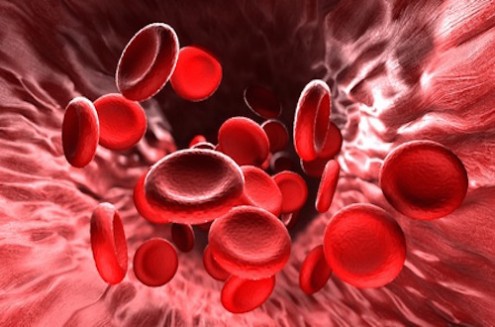Have you ever had a big meal so full of carbs or sweets that you didn’t feel well about a half hour later? You may have been feeling reactive hypoglycemia, which is low blood sugar after eating.
What Is Hypoglycemia?
There is already a lot of information and attention devoted to hyperglycemia, or low blood sugar, before eating, which occurs in diabetic and pre-diabetic people. Dr. Michael Smith wants to shine a little more light on the less-discussed hypoglycemia. Low blood sugar typically affects between five and ten percent of the U.S. adult population, but many experience it at least once in their lifetime.
While the exact cause of reactive hypoglycemia is still unknown, the basic mechanism is understood; the level of insulin in your blood stream spikes and the sugar is quickly removed from the blood to be dumped into the cells, which causes a rapid drop in sugar levels.
Blood sugar levels need to stay consistent, since your brain needs a certain amount of glucose at all times, according to Dr. Smith. The average blood sugar level is between 80 and 100, but drop below that and you’ll start to feel sick or weak. Other symptoms of low blood sugar following a meal can include moderate signs like mood swings, slurred speech, inability to concentrate, or muscle twitching. Severe symptoms can also occur, such as unsteadiness, loss of consciousness, seizure, or stroke.
Managing Dropped Sugar Levels
There are several ways you can minimize the loss of blood sugar. If the situation is bad enough and you need a quick solution, drink some Coke or Pepsi, or take a sugar packet and pour it under your tongue. Placing sugar under your tongue allows for much faster absorption, and can help you in acute situations where you need it fast.
When it comes down to managing your blood sugar level so the drops don’t happen, Dr. Smith says it’s all about lifestyle changes. Watch your intake of refined carbs, white rice, white grains, and processed sugars. If you haven’t eaten much, avoid alcohol as that could also cause a drop in sugar levels. Lastly, change your eating habits so that you eat smaller meals frequently throughout the day in an effort to regulate insulin, and avoid high glycemic foods like russet potatoes, white bread, and pasta.
Nutrients can also help regulate your blood sugar levels following a meal. One of Dr. Smith’s favorite is the soluble fiber glucomannan, which acts like a gel and traps some of the sugar you are eating. After trapping the sugar, it releases it slowly and helps to minimize insulin spikes. Another great nutrient is the mineral chromium, which is used in diabetics and pre-diabetics to help their bodies manage and deal with insulin levels. Dr. Smith recommends taking around 250 micrograms of chromium each day, and you can take it with or without a meal.
Several other foods and supplements can limit the amount of sugar that seeps into your blood, including brown seaweed, kelp, white kidney bean extract, and green coffee bean extract.
All of these solutions have a common goal: slow down the rate of release for sugar into your bloodstream. If you are about to have a huge meal full of carbs or sugars, consider eating only a portion and keeping an eye on your sugar levels up to a half hour later. If you can eat healthier meals more frequently and throughout the day, your blood sugar will be better regulated and you won’t experience the dangerous insulin spikes.
In the accompanying audio segment, Dr. Mike discusses why you should know your blood sugar levels, and the reasons why they could be below average.
If you're feeling weak, experiencing mood swings, and slurring your speech, you may have low blood sugar.
Additional Info
- Segment Number: 3
- Audio File: healthy_talk/1510ht5c.mp3
- Organization: Life Extension
- Guest Website: Healthy Talk MD
- Length (mins): 10
- Waiver Received: No
- Internal Notes: NO GUEST
- Host: Mike Smith, MD
Published in
Healthy Talk w/ Dr. Michael Smith
Tagged under
